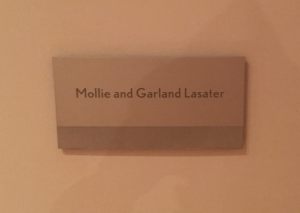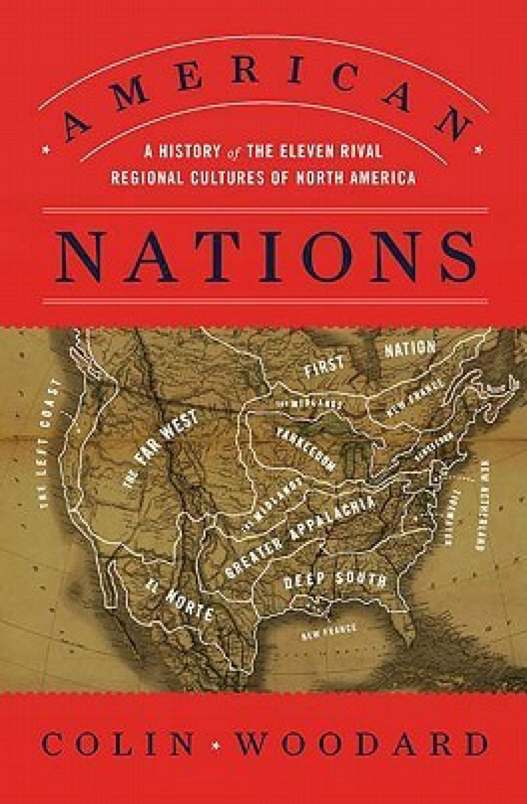
In the midst of today’s political turmoil it’s natural to cast about for reasons. How did we get here? In a post-truth environment have we seen the last of civil discourse, reasoned debate, and bipartisan compromise? Are American values outdated? Partisan politics has created dueling parties where tribal nationalism is at war with liberal globalism. Can our constitutional infrastructure withstand the pressure of a president’s autocratic impulses? Is America too big and too diverse to be governed democratically? Do we have an underlying unifying principle?
One of the most provocative books of recent years is Colin Woodard’s American Nations, because of its approach to the American experience. Woodard divides the country into eleven regional cultures in an effort to help us understand local differences – characteristics, attitudes, and preferences. Originally published in 2011, it wasn’t a blockbuster but I’ve found myself referring to it on a regular basis in order to explain origins, political leanings, work ethics, altruism, racial attitudes and Donald Trump’s victory in 2016.
I’m won’t wade into the Trump swamp, but Woodard’s book was very much in my thoughts as we rolled along on our Grand Tour of Texas last month.
Marilynn and I hail from Woodard’s Left Coast while our traveling companions, Gar and Mollie Lasater, have deep roots in El Norte (Texas et. al). We, like most left-coasters, are carpetbaggers compared to our fifth-generation friends from Texas, and though it’s rare to agree with an historian’s neatly crafted categories, I was astonished at the relevance of Woodard’s.
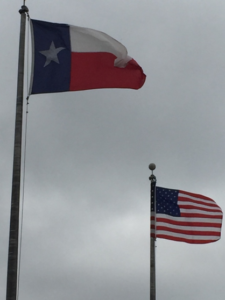
With the exception of indigenous people, everyone in America comes from somewhere else. Texans are no exception. The family dynasties of Texas all migrated from elsewhere – some from Yankeedom, some through Greater Appalachia, and many directly from Europe, most notably a large German migration in the mid-1800s.
To begin with, though our friends were born and raised in South Texas, both went East to Yankeedom (another one of Woodard’s eleven “nations”) for college – she to Vassar, he to Princeton – and the legacy continues with their children and grandchildren. According to Woodard, Yankeedom values education and the common good more than the other nations, while El Norte puts a premium on hard work and self-sufficiency. I see a blending of both in our friends’ family values.
Writers often refer to “old money” when they write about family dynasties of the Northeast like the Morgans, Vanderbilts, and Carnegies. Surprisingly, many of the South Texas dynasties predated the “old money” of the Northeast and are just as generous with their wealth. The original Texas fortunes were based on land and cattle (oil came later) rather than steel, shipping, banking or railroads, but like their northeastern peers the great families of South Texas developed their own culture, a unique blend of frontier grit and mannered gentility.
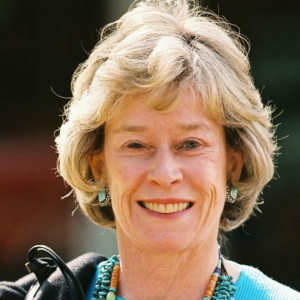
Our friends, Gar and Mollie, are no exception. Their families, the Lasaters and the Lupes (Mollie’s family), are genuine Texas aristocracy. Over time, through marriages and business ventures their ancestors created an immense spider web of blended families, business interests, and combined wealth in South Texas.
These families began with ranch holdings linking back to an earlier Spanish land grant legacy. Mollie is descended from the Bennett and Armstrong clans, two of the oldest South Texas pioneer families. Her great-grandfather, John B. Armstrong III was the Texas Ranger who arrested the notorious outlaw John Wesley Harding (remember the Bob Dylan album?) and used the $4000 reward to purchase the 50,000 acre plot that became the Armstrong Ranch (the same ranch where Dick Cheney shot his hunting companion in 2006). During the same mid-19th and 20th century period, Garland’s family was on a mercurial boom-bust-boom ride that saw their holdings go from 350,000-acres with the world’s largest herd of Jersey milk cows, through a bankruptcy that took all but a 200-acre homestead that served as home to their world-famous Falfurrias Creamery, and back again under Garland’s father to a 50,000 acre spread. You’ve got to give it to them, Texans are risk takers who think big.
Garland and I met as young Marine Corps fighter pilots, and in those days we were more interested in raising hell at the Sandpiper Lounge in Laguna Beach than building a better world. Today, after successful careers in law, business and public service, Gar and Mollie are doing their part to build that better world.
It’s true that their ancestry is an asset in Texas, but the Lasaters are a hands on couple when it comes to building a better world, and ancestry will only be part of their legacy. When I visited them in Fort Worth 25 years ago, Mollie had just retired as Board President of the Fort Worth Independent School District and was assuming a leadership role in the Fort Worth chapter of the I Have A Dream Foundation. IHAD’s mission is to empower children (“Dreamers”) in low-income communities to attend college by equipping them with the skills and knowledge to succeed in postsecondary school and removing financial barriers. She managed that program for 14 years and helped hundreds of students from low income families achieve their college dreams.
Not satisfied that they were making a big enough difference, the Lasaters embarked on an even more personal project in 2007. Their close affiliation with Phillips Academy Andover (where Gar went to boarding school and Mollie served on the board) acquainted them with a program called (MS)2, Math and Science for Minority Students or MS Squared for short. The Andover program gives scholarships to low income students who exhibit an aptitude for STEM (Science, Technology, Engineering, Math), disciplines often under-emphasized in these communities.
Using (MS)2 as their model and relying on Mollie’s experience with IHAD, they designed a new program called (HS)2 (High School High Scholar). They recruited faculty and used the facilities of the Colorado Rocky Mountain School (CRMS) in Carbondale, Colorado, as their campus. Students selected for (HS)2, from low income communities across the country, spend three summers at the school immersed in STEM studies with personal counseling to prepare them for the college experience. Many are the first in their family to attend college. To date (HS)2 has enrolled 210 students from low income communities, including 75 currently in the program, and 135 graduates, all of whom have gone on to college–74% of them STEM majors or graduates.
I love my friends’ wide-ranging interests and civic involvement. In addition to (HS)2 the Lasaters are involved with a number of other programs. Garland’s interest in astronomy led him to partner with the McDonald Observatory, a West Texas research facility and home to the world’s 3rd largest telescope where they underwrote the science exhibit in the main hall of the McDonald Visitors Center.
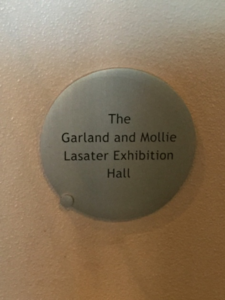
And closer to home, Mollie serves on the board of the Fort Worth Symphony, the Museum of Modern Art (where another modest plaque celebrates their generosity), and The Cliburn, a non-profit that honors Fort Worth’s most famous citizen, pianist Van Cliburn.
Since reading Steven Pinker’s The Blank Slate, I’ve been intrigued by families and new research underlying the Nature vs. Nurture debate. Pinker argues for evolutionary psychological adaptation. The data is not conclusive but whether it’s nature or nurture my friends in Fort Worth combine the best of both worlds with a nod to Yankeedom’s emphasis on education and the common good and El Norte’s brand of hard work and self-sufficiency. At a time when the political environment seemed gridlocked it was a treat to hear reasoned opinions on everything from Tex-Mex to Trump from friends with such a different heritage.
We loved traveling with the Lasaters – arguing politics, discussing books, looking at the stars, and listening to Beethoven’s Piano Sonata #1 – we’re lucky to have such good friends. Good in every sense.
